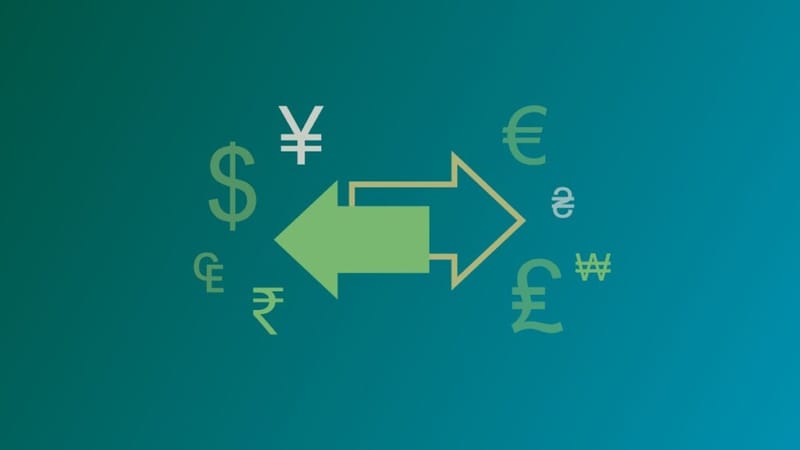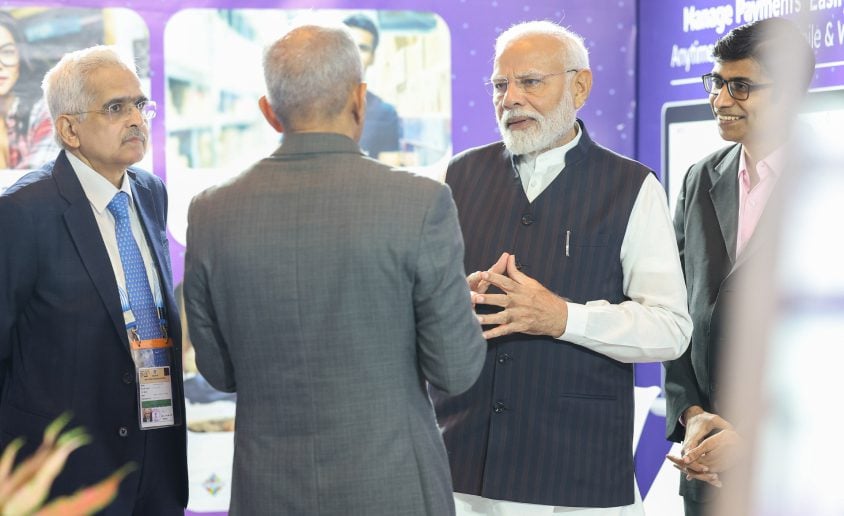International trade and global commerce are the pillars of the globalized world today. Whether you are a small company receiving imports, a freelancer being paid by foreign clients, or an individual remitting money abroad to family, handling various currencies is unavoidable. But one essential component usually taken for granted in such transactions is the currency conversion charge and how much more it can cost depending on which payment instrument you use.
Understanding these fees – from traditional banks to modern payment platforms like Stripe and PayPal and innovative solutions like BRISKPE – is key to preserving your hard-earned money and optimizing your financial operations. Let’s delve into the intricacies of how currency conversion fees differ across various payment methods and why choosing wisely matters.
The Fundamentals of Currency Conversion
At the center of all currency conversions is the mid-market rate, or interbank rate. This is the real exchange rate, the middle point between the buy and sell prices of a currency on the international market. It’s the rate you would observe on Google or Reuters.
However, nearly no business or consumer ever receives this rate outright. Banks and payment processors charge a markup over the mid-market rate. This markup, plus outright transaction fees, is your total cost of currency conversion. The magnitude of this markup and the organization of additional charges is where the variation truly appears between different payment methods.
The Different Types of Currency Conversion Fees by Payment Method
Let’s analyze how currency conversion charges are usually incurred by typical payment channels:
1. Traditional Banks
Banks have always been the favorite for international payments. Though they provide security and a sense of reliability, they tend to be less clear and more costly when it comes to currency conversion.
- Exchange Rate Markup: Banks usually add a high markup to the mid-market rate, usually between 1% to 5% or even higher, based on the currency pair and the bank’s policy. The markup is usually built into the exchange rate provided, so it’s less clear to the customer.
- Foreign Transaction Fees: In addition to the exchange rate markup, banks also charge a foreign transaction fee for purchases abroad or online with foreign merchants. The fee usually costs between 1% and 3.5% of the value of the transaction.
- Wire Transfer Charges: For international wire transfers (SWIFT), fixed charges are usually applied by banks for sending and receiving money, which can be between a few dollars and more than $50 per transaction, irrespective of the amount. Intermediary bank charges can also result in additional unforeseen expenses, so that the recipient will receive less than anticipated.
- Lack of Transparency: The precise exchange rate utilized and the division of fees may not be readily apparent until after the transaction is made, leaving it hard to determine the final amount.
2. PayPal
PayPal provides a seamless platform for global payments, particularly for freelancers and small businesses. Nevertheless, its foreign currency conversion fees can be cumulative.
- Exchange Rate Markup: PayPal normally charges a substantial markup over the exchange rate. For customers, it can be approximately 3% to 4% on top of the base exchange rate for currency conversion of balances or payments. For businesses accepting international payments where the conversion is done by PayPal, it will normally be approximately 3% over the base rate.
- Transaction Fees: Apart from currency exchange fees, PayPal also charges transaction fees for receiving commercial payments. These typically include a percentage of the transaction amount (e.g., around 4.4% for international payments) plus a fixed fee based on the currency received.
- Fixed Fees: A fixed fee usually applies to international personal payments, and it varies depending on the currency.
- Dynamic Currency Conversion (DCC): Although not automatic, if the merchant offers you DCC when paying with PayPal and you opt to have PayPal perform the conversion, their exchange fee (normally 3-4%) will be charged. If you opt for your card issuer’s exchange rate via PayPal, your foreign transaction fee from your bank may be charged instead.
3. Stripe
Stripe is a popular online business payment gateway with a strong API and developer-friendly tools. Though Stripe doesn’t provide full Dynamic Currency Conversion (DCC) like a traditional POS system would, it does have an option called “Automatic Currency Conversion” (or sometimes called Adaptive Pricing).
- Automatic Currency Conversion: Stripe offers the functionality to make prices in the customer’s native currency available using Stripe’s most current exchange rates. The customer actually views the same amount in their domestic currency at checkout.
- Exchange Rate & Margin: Stripe uses the mid-market exchange rate and adds a margin to ensure this rate for the duration of the checkout session (up to settlement). This margin is generally borne by the customer and can be between 2% and 4%.
- Standard Transaction Fees: Along with the currency conversion fee, there is a standard Stripe transaction fee depending on the payment method (for example, 3% for Mastercard and Visa cards.
- Refunds and Chargebacks: Refunds and chargebacks are issued in the currency the customer used for payment. However, the exchange rate applied for refunds may differ from the original transaction, leading to potential gains or losses for the business due to exchange rate fluctuations.
Insight: Although Stripe’s method provides explicit pricing at the time of sale, it is important for companies to realize that the conversion charge is included in the exchange rate being offered to the consumer. This implies the customer pays for the conversion.
The Landscape of Specialized Cross-Border Payment Platforms
Considering the high fees and inefficiencies of the old-fashioned banks and even some popular online payment gateways, a new generation of niche cross-border payment platforms has appeared. These platforms focus on competitive exchange rates, low fees, and quicker processing.
They do so by:
- Reducing Intermediaries: Cutting the number of banks in the payment process.
- Leveraging Mid-Market Rates: Providing exchange rates significantly closer to the mid-market rate with lower, more transparent markups.
- Clear Fee Structures: Listing all fees upfront, with no hidden charges.
This is where services like BRISKPE really come into their own, offering a clear advantage, particularly for businesses and freelancers handling international clients.
BRISKPE: A Smarter Way to Foreign Payments
BRISKPE makes foreign payments easier with low fees, transparent currency conversion, and quick settlements.
Why BRISKPE is Different
- Low Fees: Inward remittances are only 0.75% + GST, significantly lower than the 3–5% that gateways or traditional banks charge.
- No Forex Markup: Payments are exchanged at live exchange rates—no secret fees or exaggerated exchange rates.
- Virtual International Accounts: Be paid as a local in USD, GBP, EUR, CAD, AUD, SGD, reducing client expenses and simplifying transactions.
- Fast Settlements: Funds are usually credited to your bank within 24 hours for account-to-account transfers.
- Full Transparency: Easy fee structure and immediate e-FIRA for compliance.
- Flexible Payment Links: Take international cards or PayPal through shareable links (2.75% + 18% GST applies for card payments).
| Payment Method | Amount Received | Fee Structure | Total Fees | Amount Credited (Approx.) |
| Inward Remittance | $100 | 0.75% + 18% GST on fee | $0.75 + $0.135 = $0.885 | $99.115 |
| Card/PayPal via Link | $100 | 2.75% + 18% GST on fee | $2.75 + $0.495 = $3.245 | $96.755 |
Conclusion
Currency conversion charges are inevitable in international transactions, but the expense attached to them is anything but standardized by payment method. Traditional banks provide protection but at a high, ambiguous markup and extra fees. Stripe, with its invisible currency conversion, provides customer transparency at the checkout point but still has the conversion fee embedded in the rate.
For companies and people who are actively transacting across borders, it is essential to grasp these subtleties. Selecting a platform that emphasizes competitive exchange rates, clear charges, and rapid processing can yield significant cost savings.
BRISKPE is a strong solution that counteracts the fundamental pain points of excessive currency conversion charges and transparency. By providing direct exposure to real-time forex rates with no markup and best-in-class transaction charges, BRISKPE allows companies to drive maximum international revenues, speed up cash flow, and streamline their global financial processes.
Ready to streamline your international transactions and save on currency conversion charges?
Discover BRISKPE today and benefit from clear, affordable cross-border transfers.








